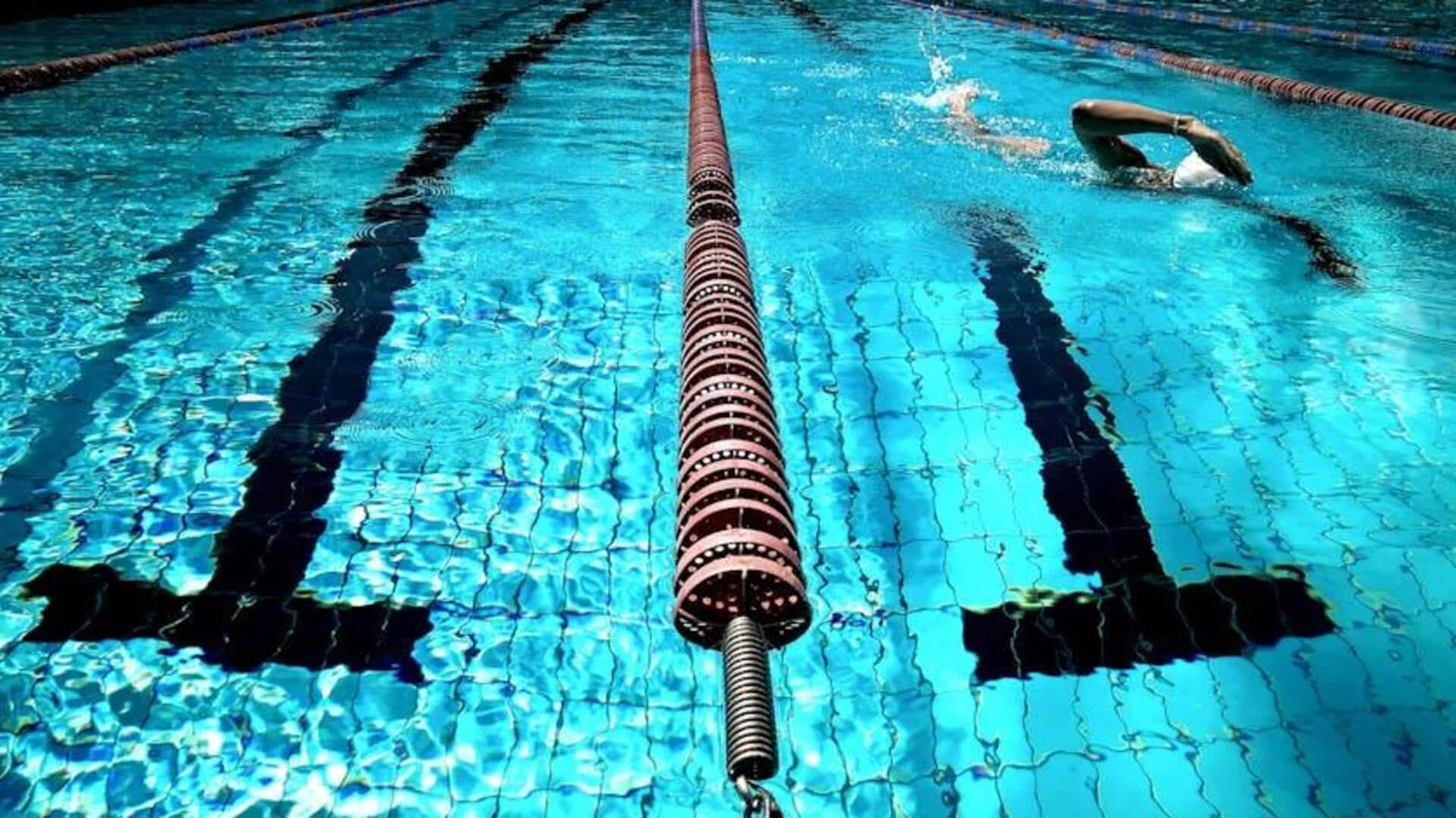
Swimming enthusiasts: Master these techniques for better strokes
What's the story
Competitive swimmers can shave precious seconds off their times and gain a competitive edge by optimizing their underwater dive kick efficiency.
This article features five swim drills designed to build dive kick strength, refine coordination, and maximize propulsion through the water.
By consistently integrating these drills into your training routine, you can transform the underwater phase into a race-winning advantage.
Streamline
Streamline position practice
A powerful dive kick starts with a strong streamline position. This drill focuses on maintaining a tight streamline from the dive through the underwater phase.
Swimmers should extend arms straight above the head, interlock hands with one thumb wrapped over the other, and press the head between the arms.
This position reduces drag, allowing for a more powerful kick.
Dolphin kick
Dolphin kick development
The dolphin kick is the key to a strong underwater propulsion.
To enhance it, swimmers can practice with fins to create resistance and develop leg and core muscle strength.
The drill is simple: execute dolphin kicks across the length of the pool, concentrating on generating power and fluidity from the hips down to the toes with each kick.
Maintaining a consistent kick size and rhythm is crucial for optimizing propulsion.
Wall push-offs
Wall push-offs enhancement
Strong wall push-offs are crucial for preserving momentum following turns or starts.
In this drill, swimmers focus on executing a powerful push-off from the wall in a streamlined position, followed by a smooth transition into dolphin kicks.
The objective is to cover the maximum possible distance with each push-off before surfacing, ensuring a tight streamline position is maintained at all times.
Timing
Underwater timing improvement
Timing is key for efficient underwater kicking following a dive or turn. This drill focuses on identifying the ideal time to initiate kicking.
Swimmers should experiment with different kick timings. Kicking too soon can result in lost momentum, while starting too late might not capitalize on the initial speed gained from diving or turning.
Breath control
Breath control training
Breath control is crucial for optimizing underwater efficiency; swimmers must manage their oxygen requirements with the effort exerted during dives and turns.
They should practice breath-holding during underwater dolphin kicks over short distances initially, progressively lengthening the distance as comfort with breath control increases.
This not only builds lung capacity but also trains swimmers in efficient oxygen management during races.